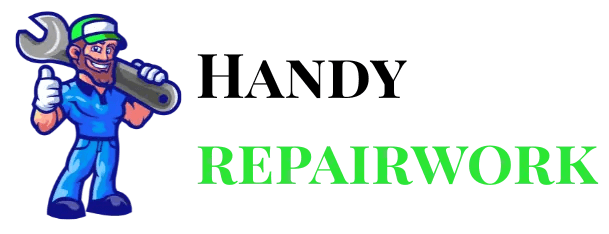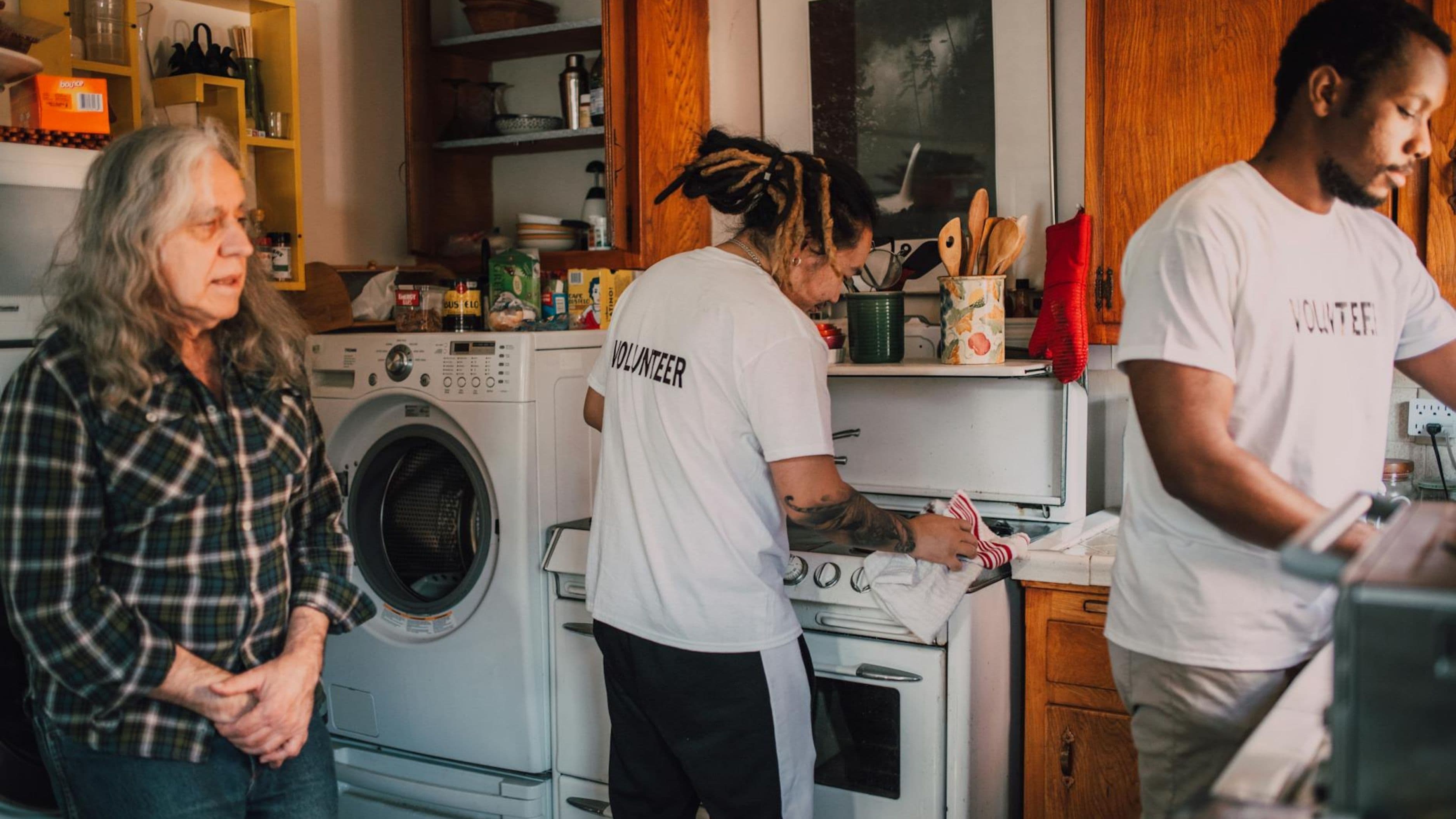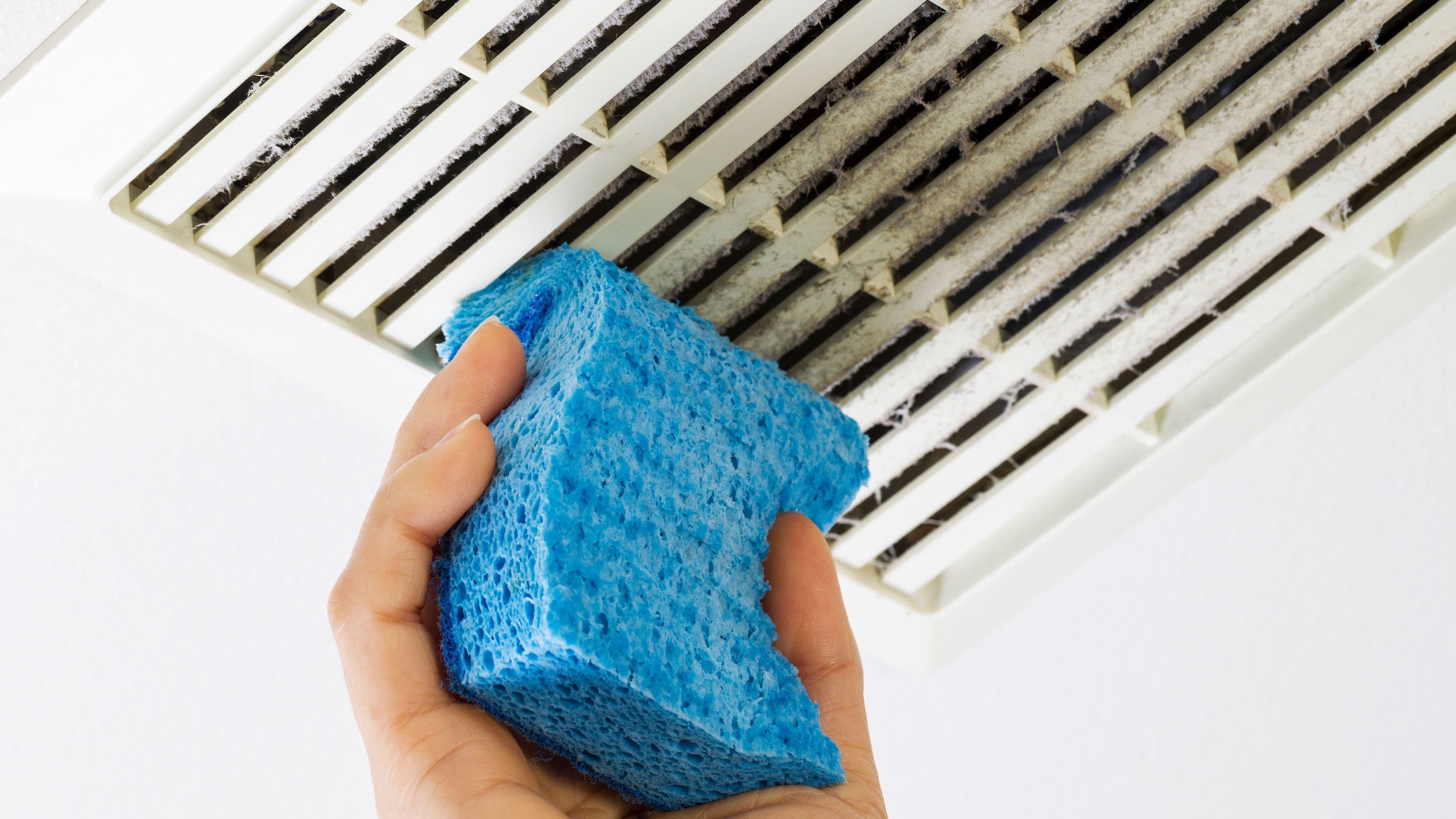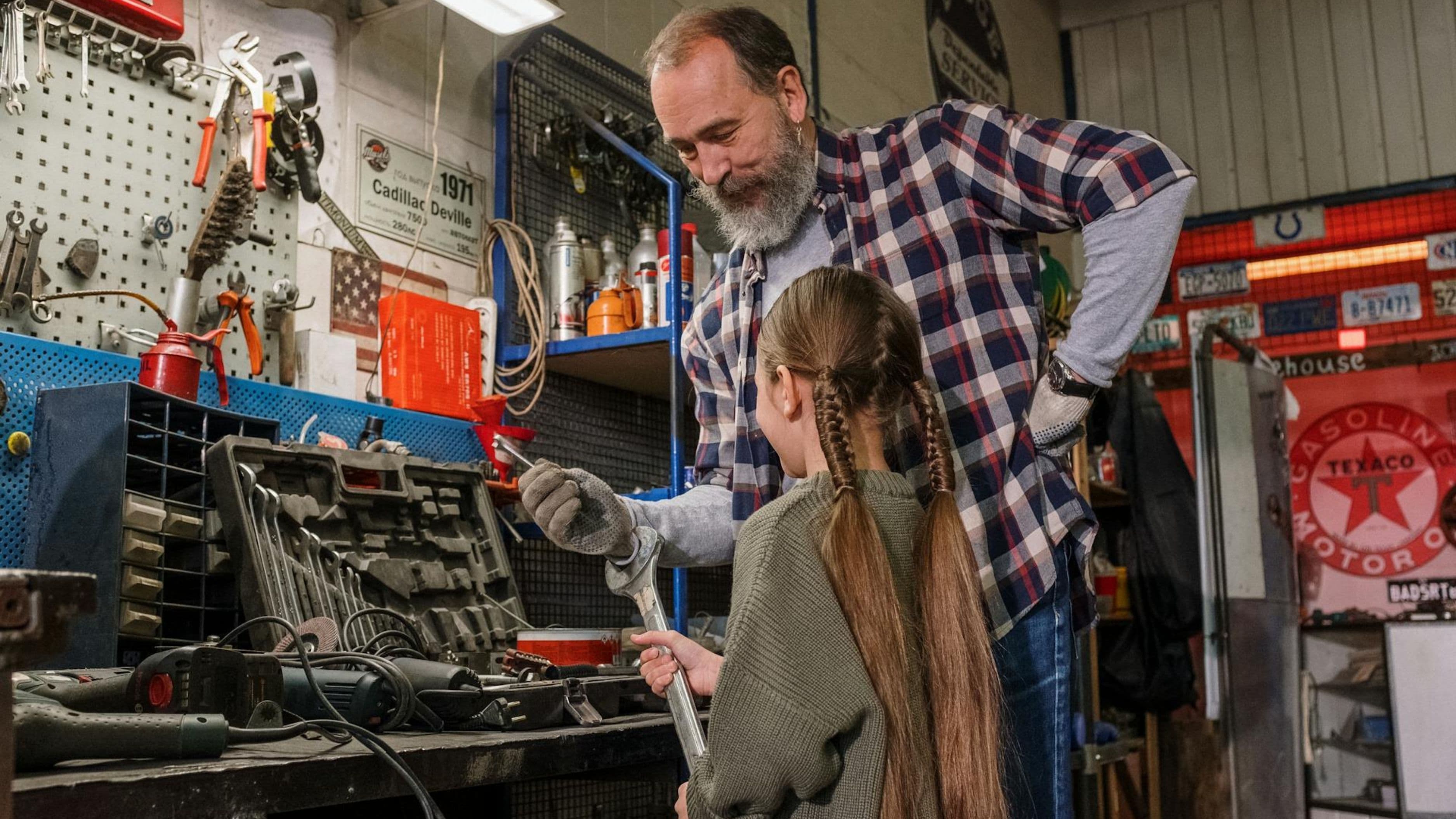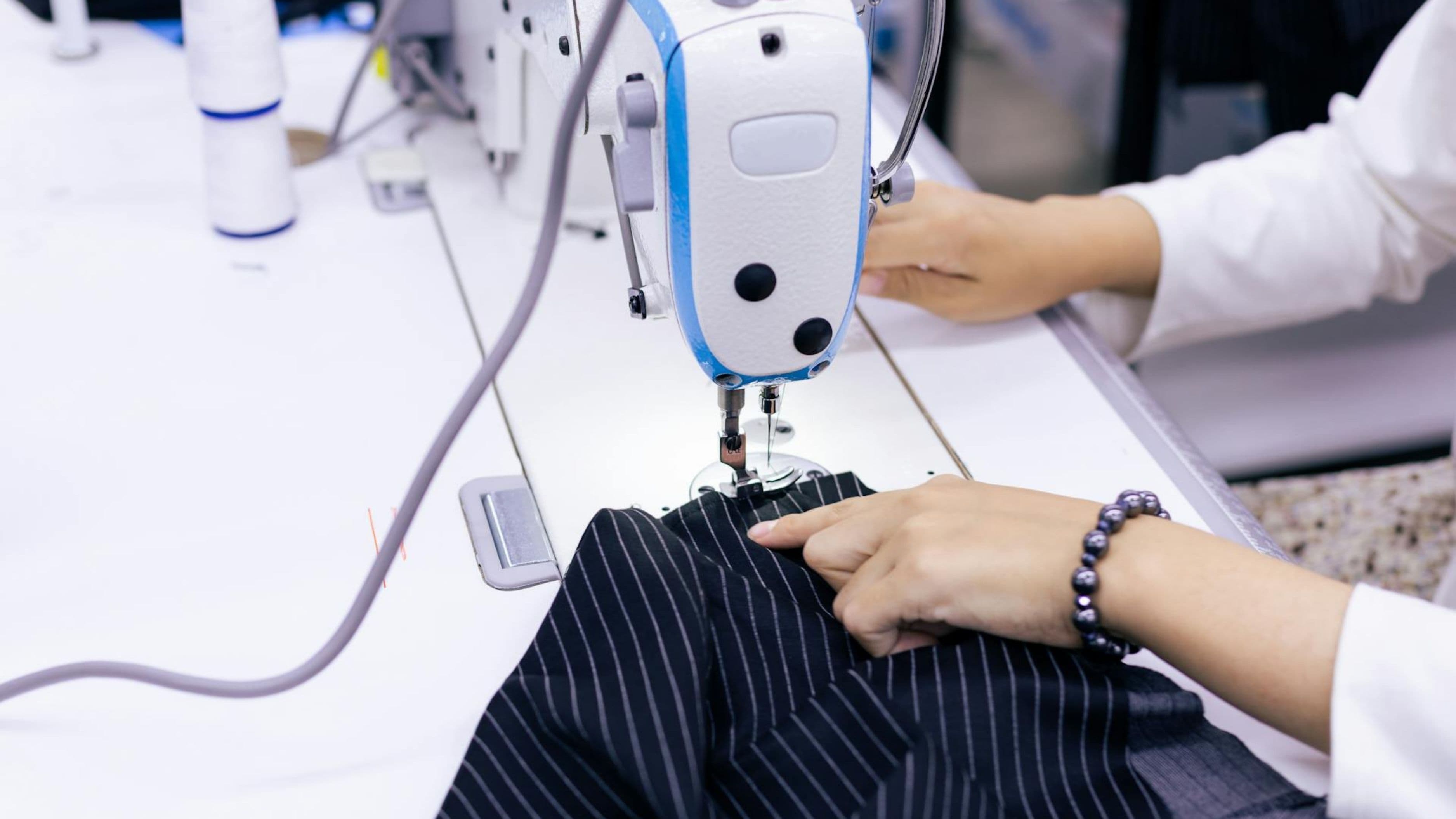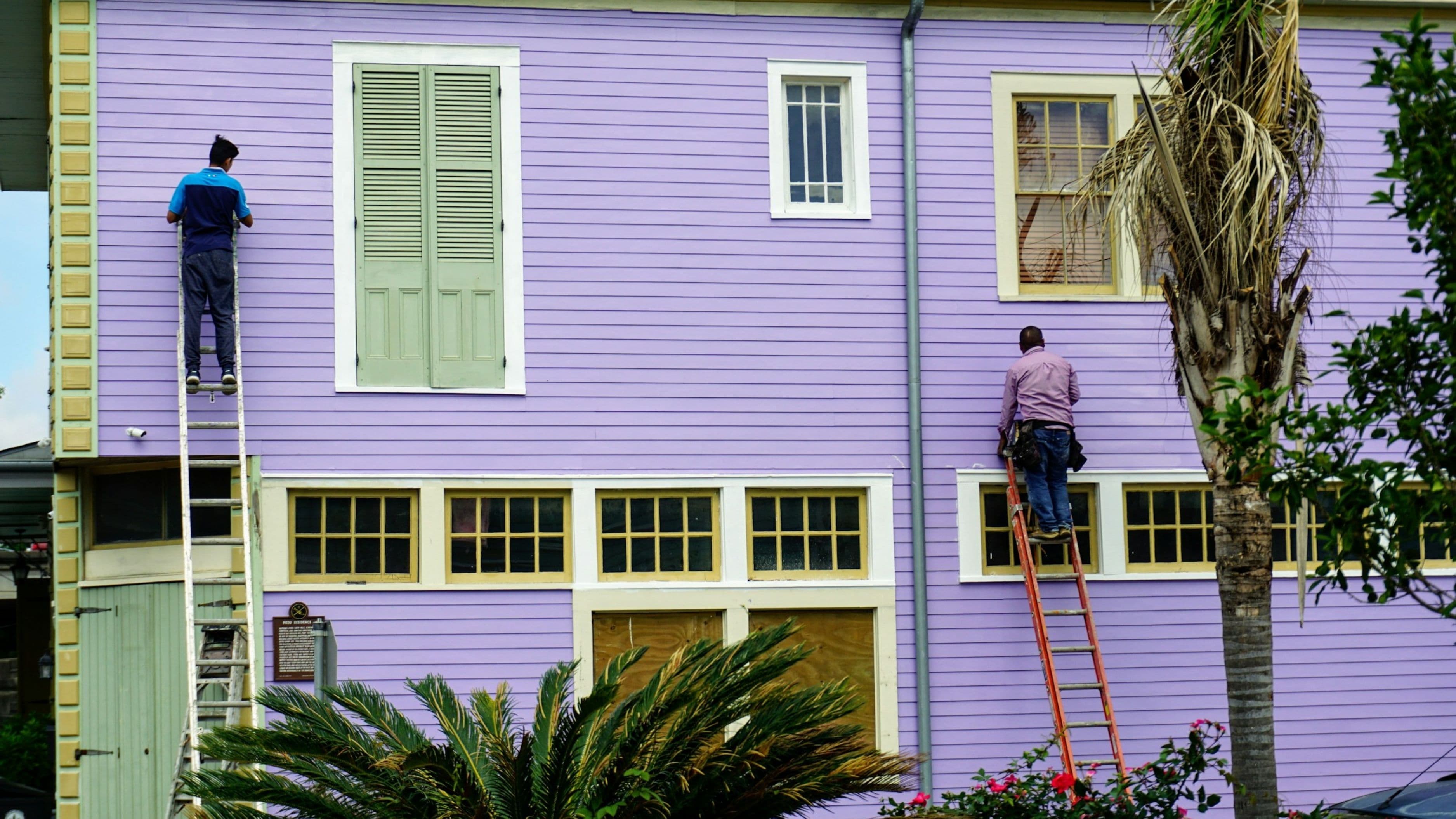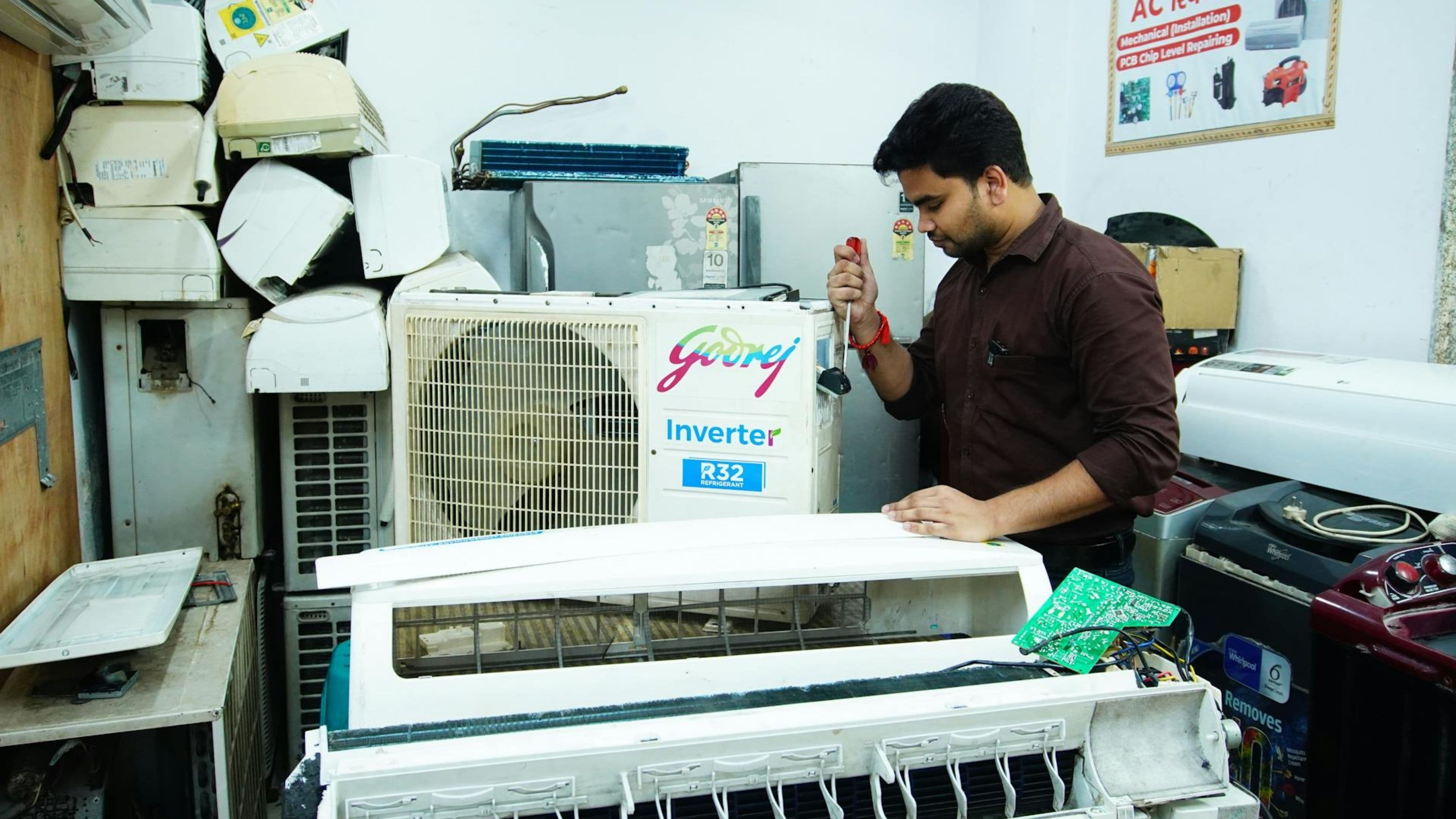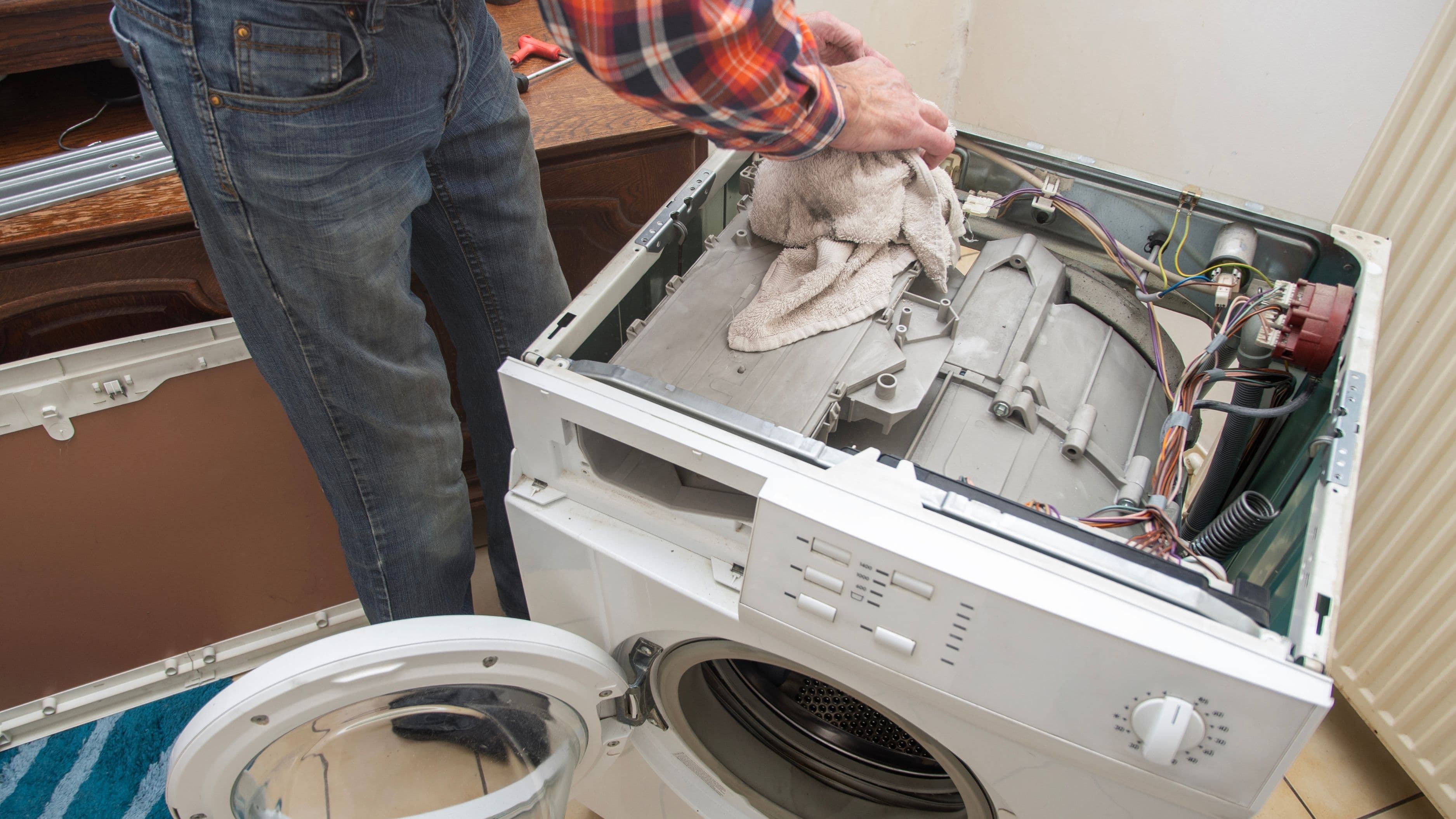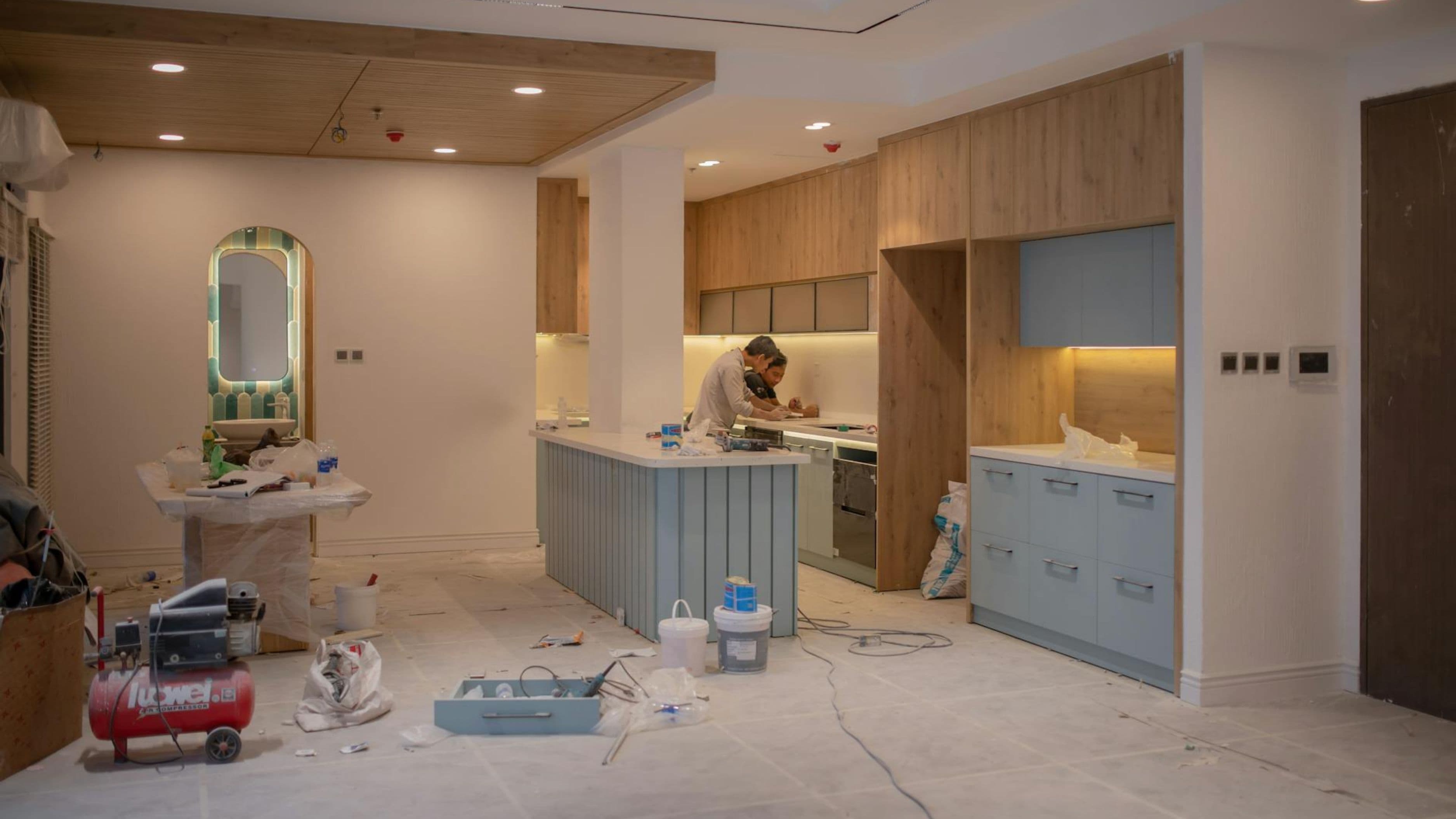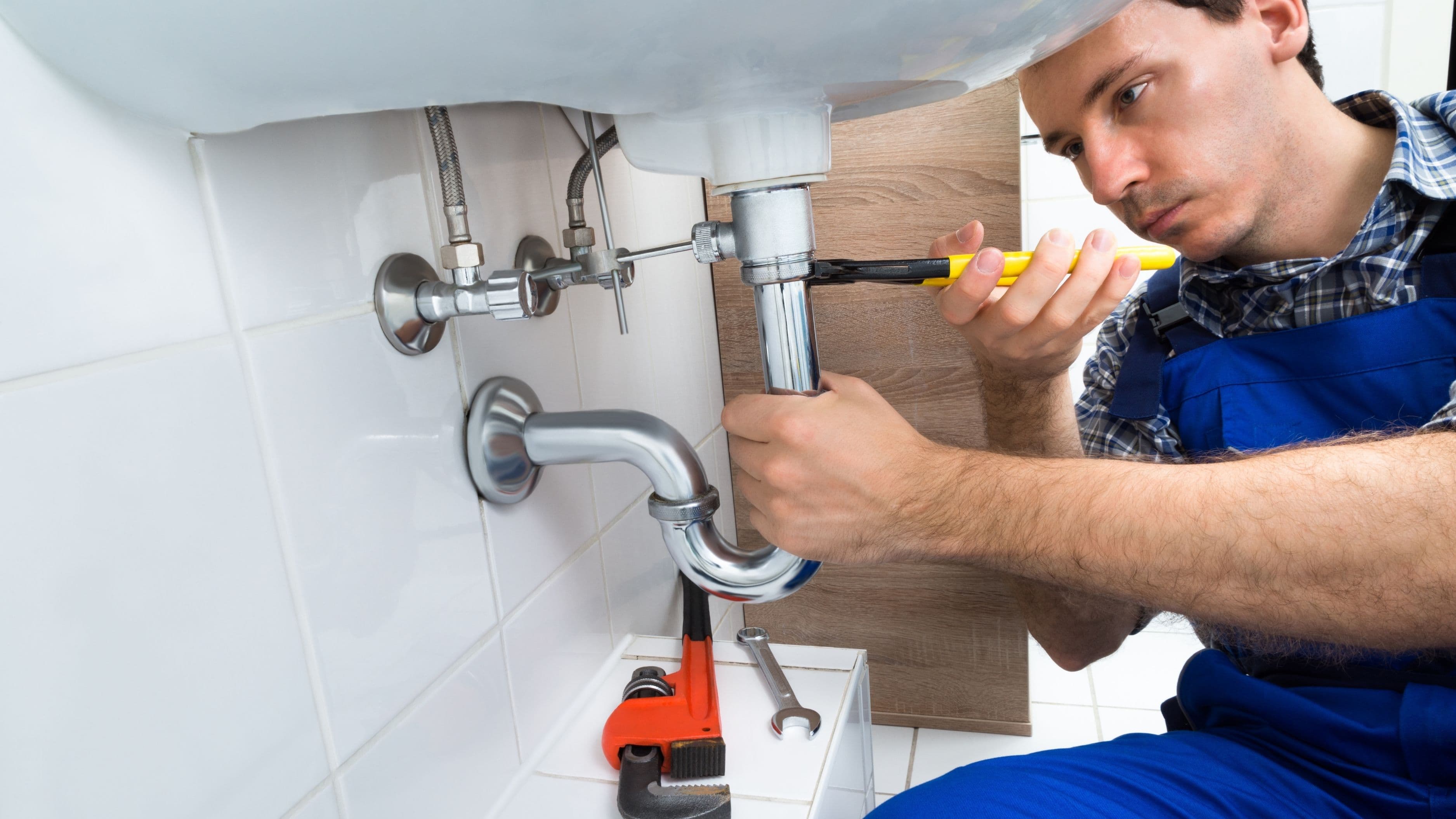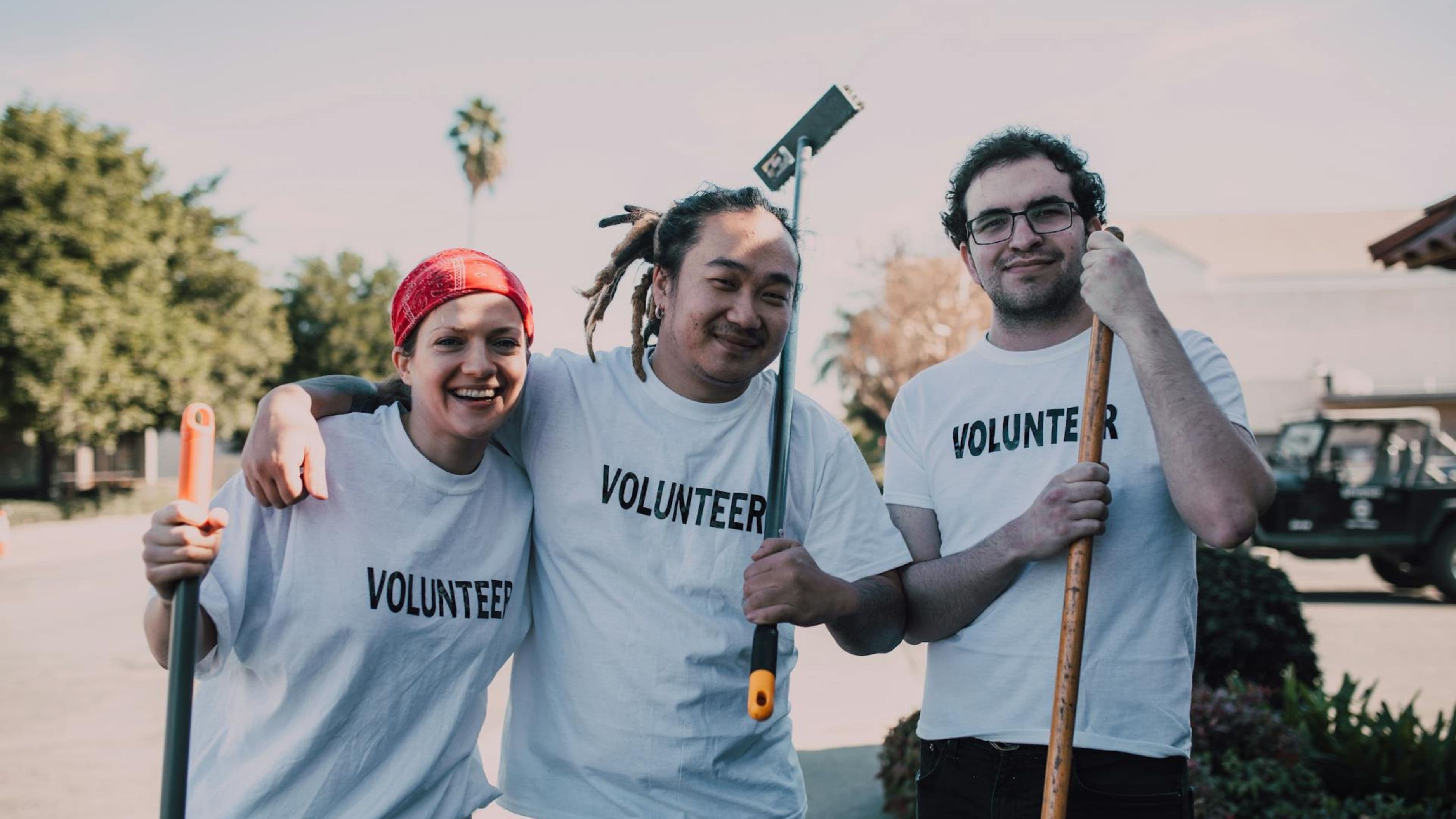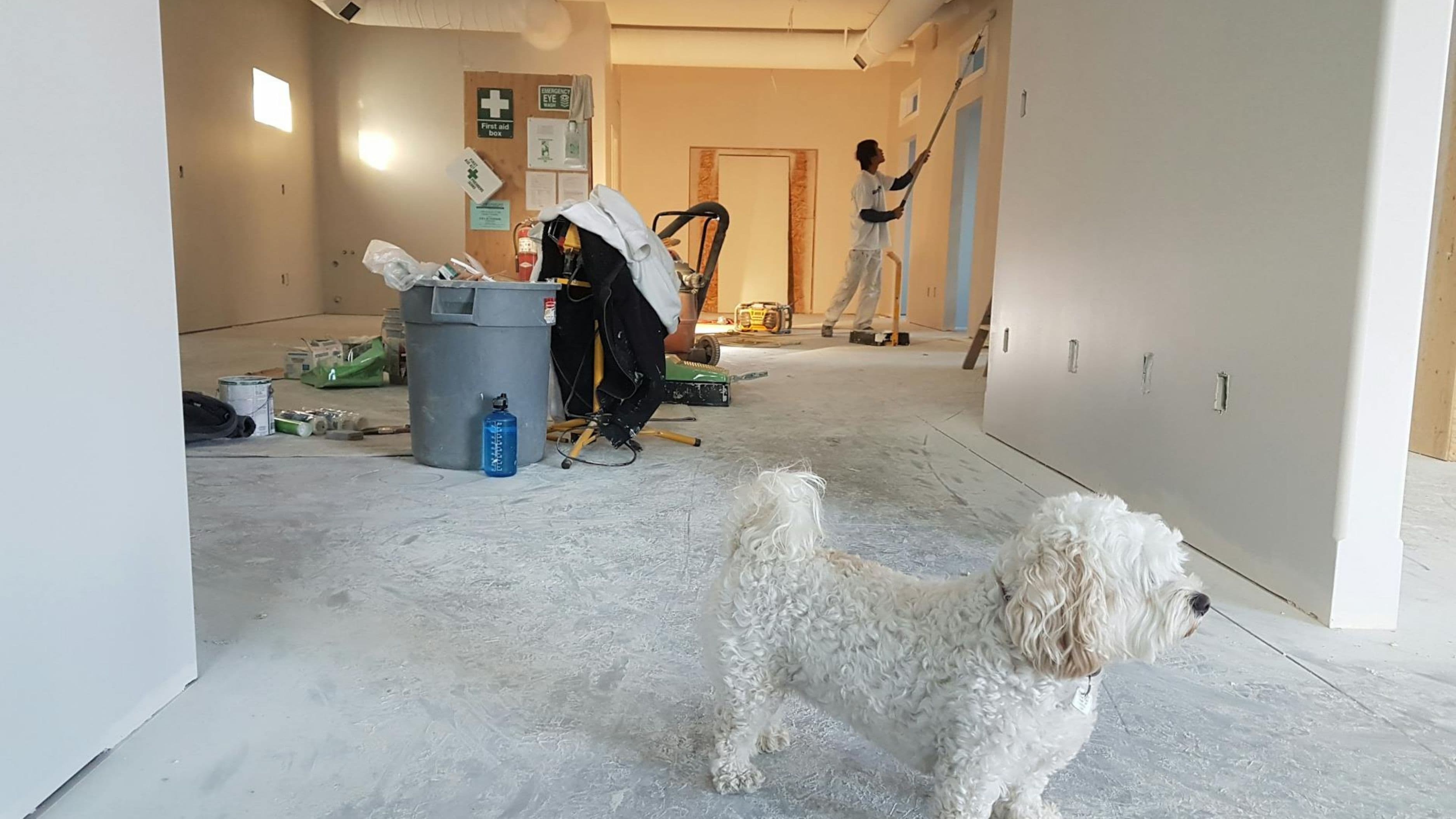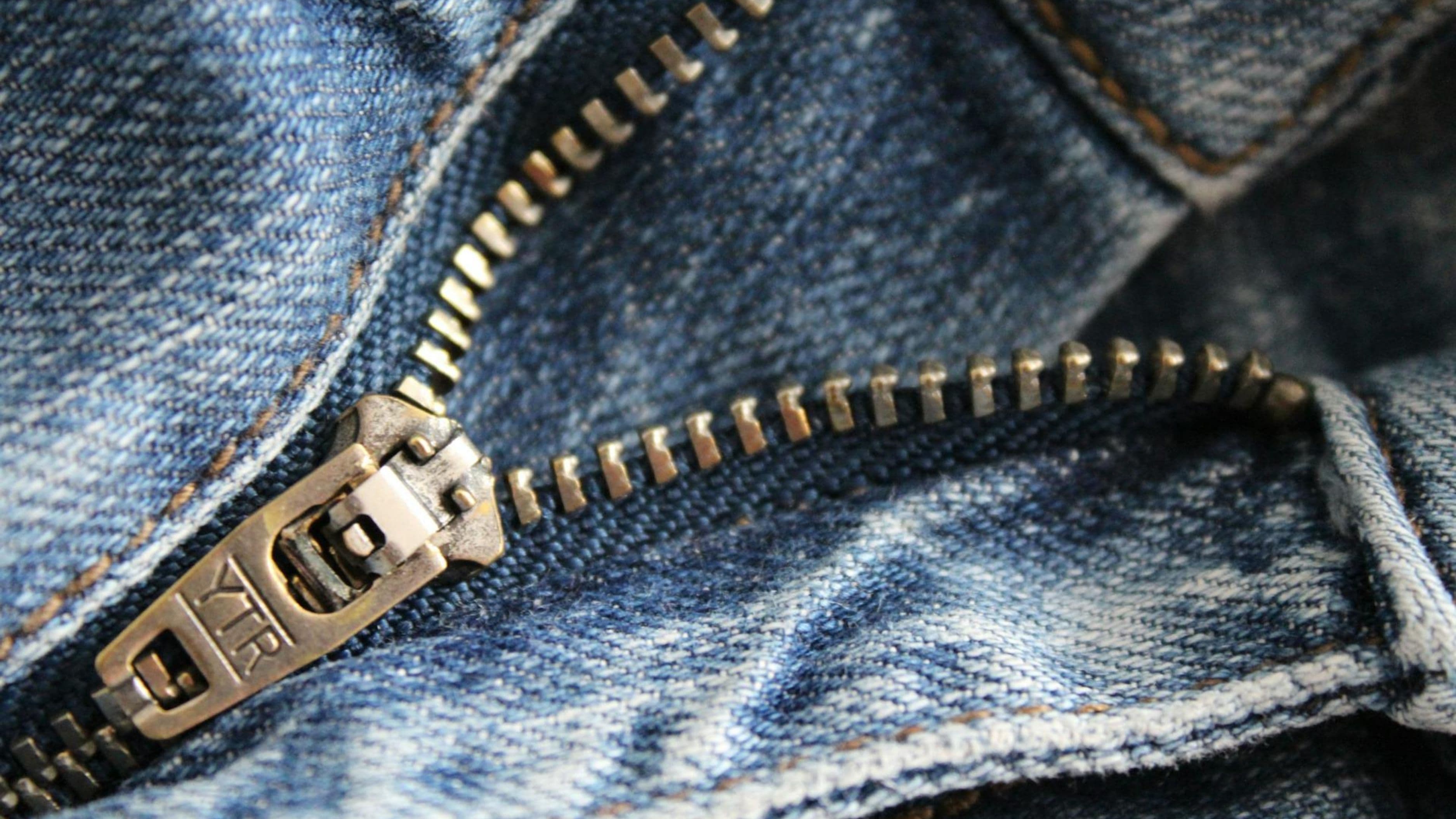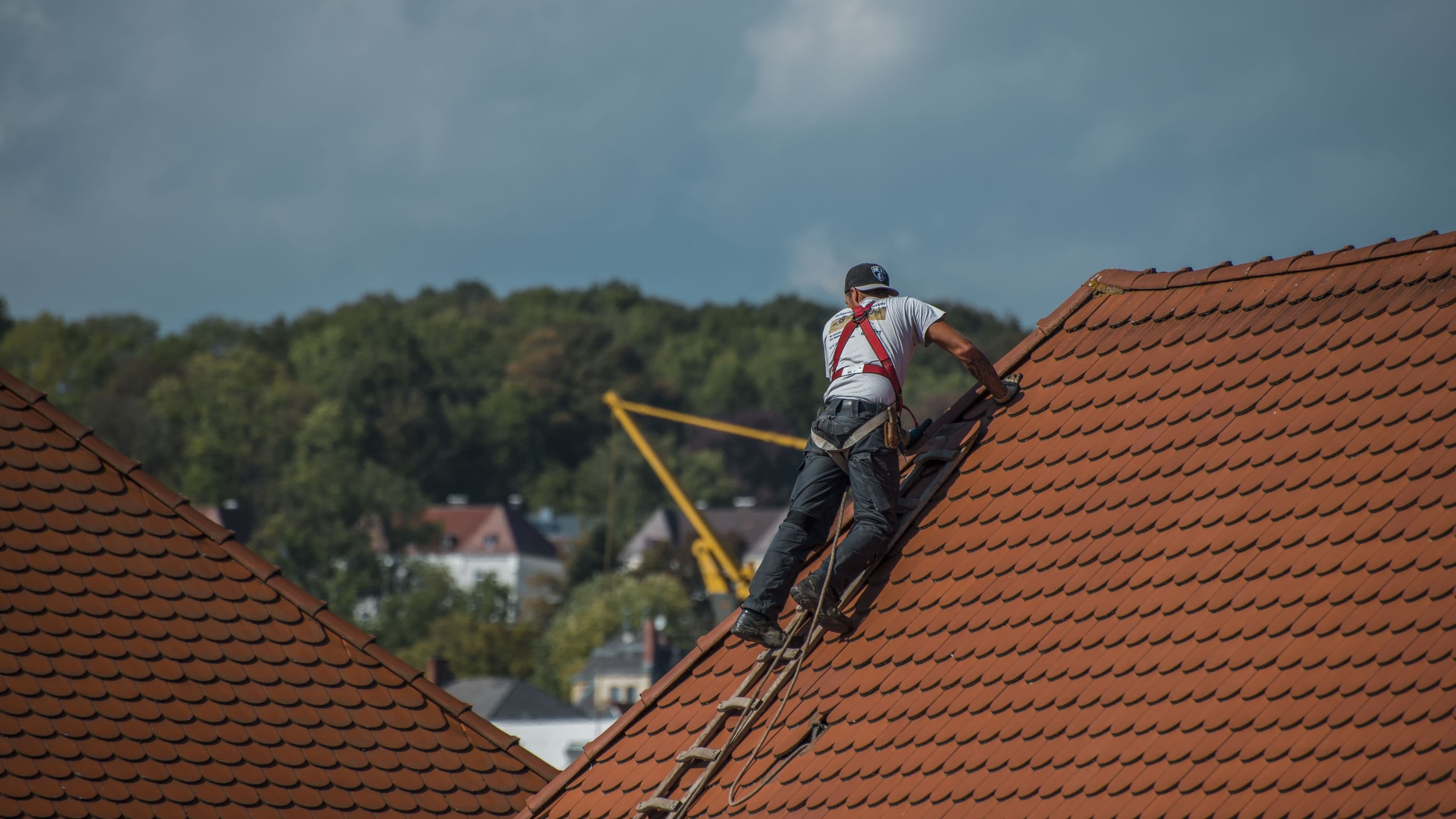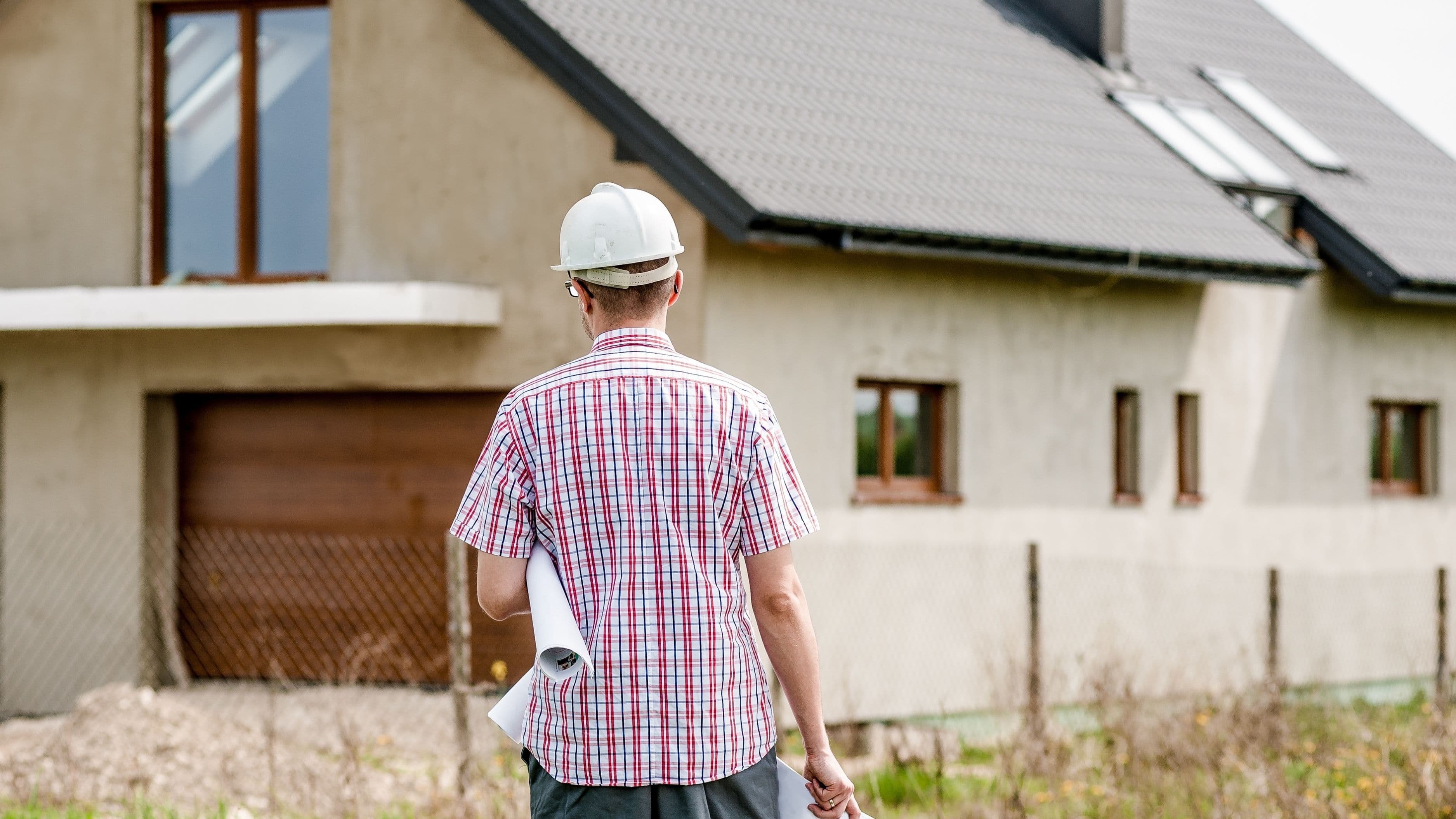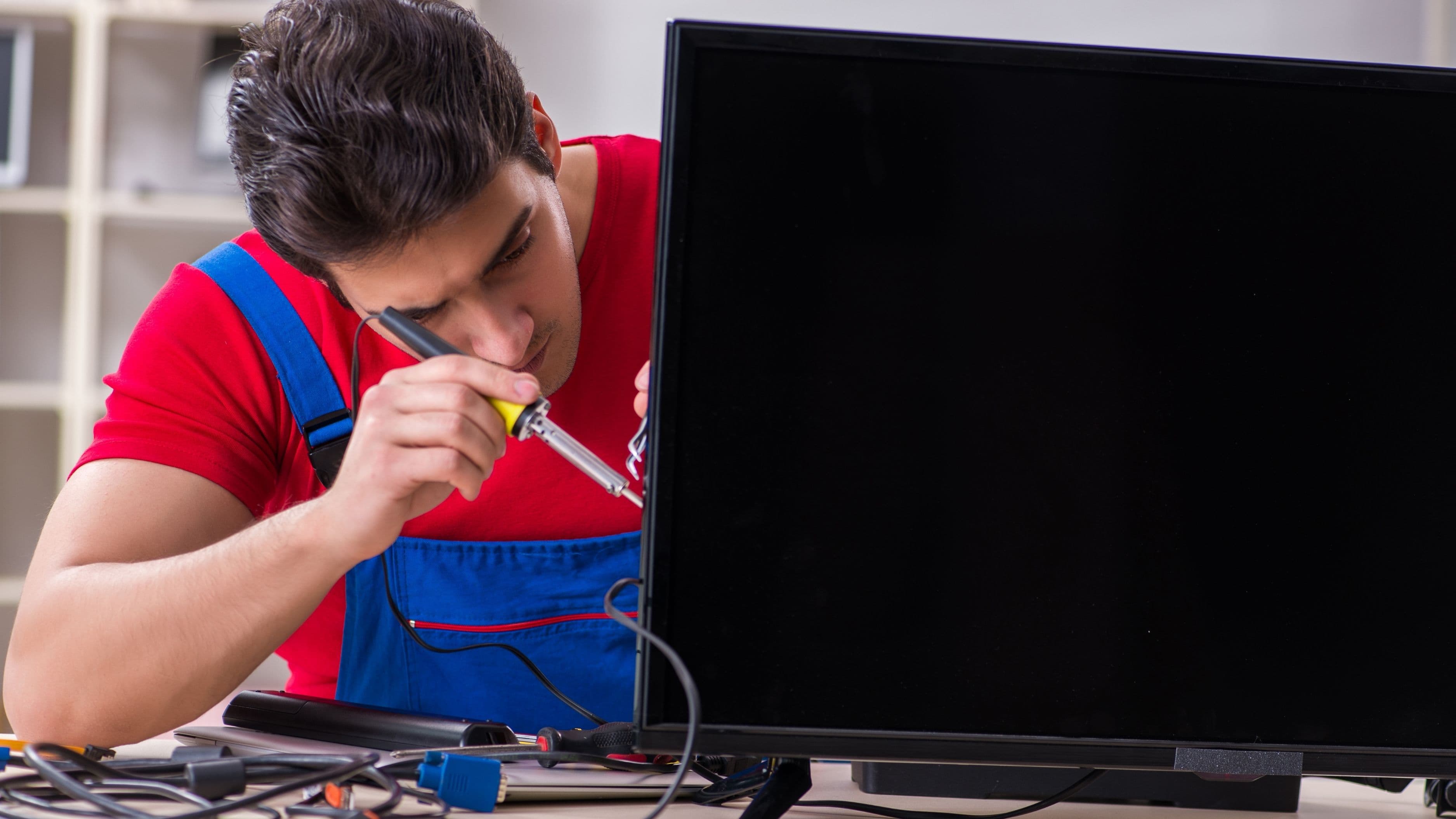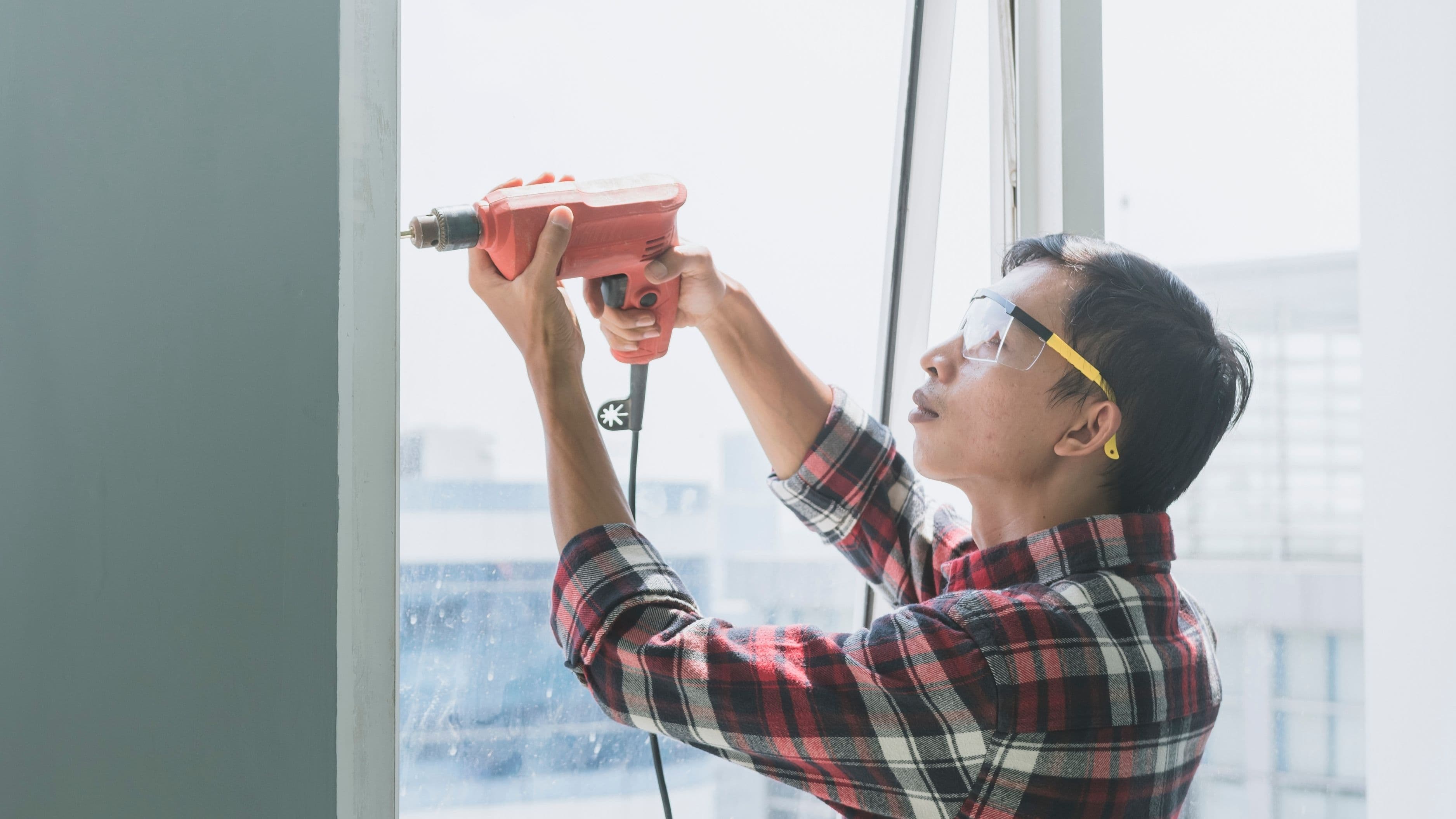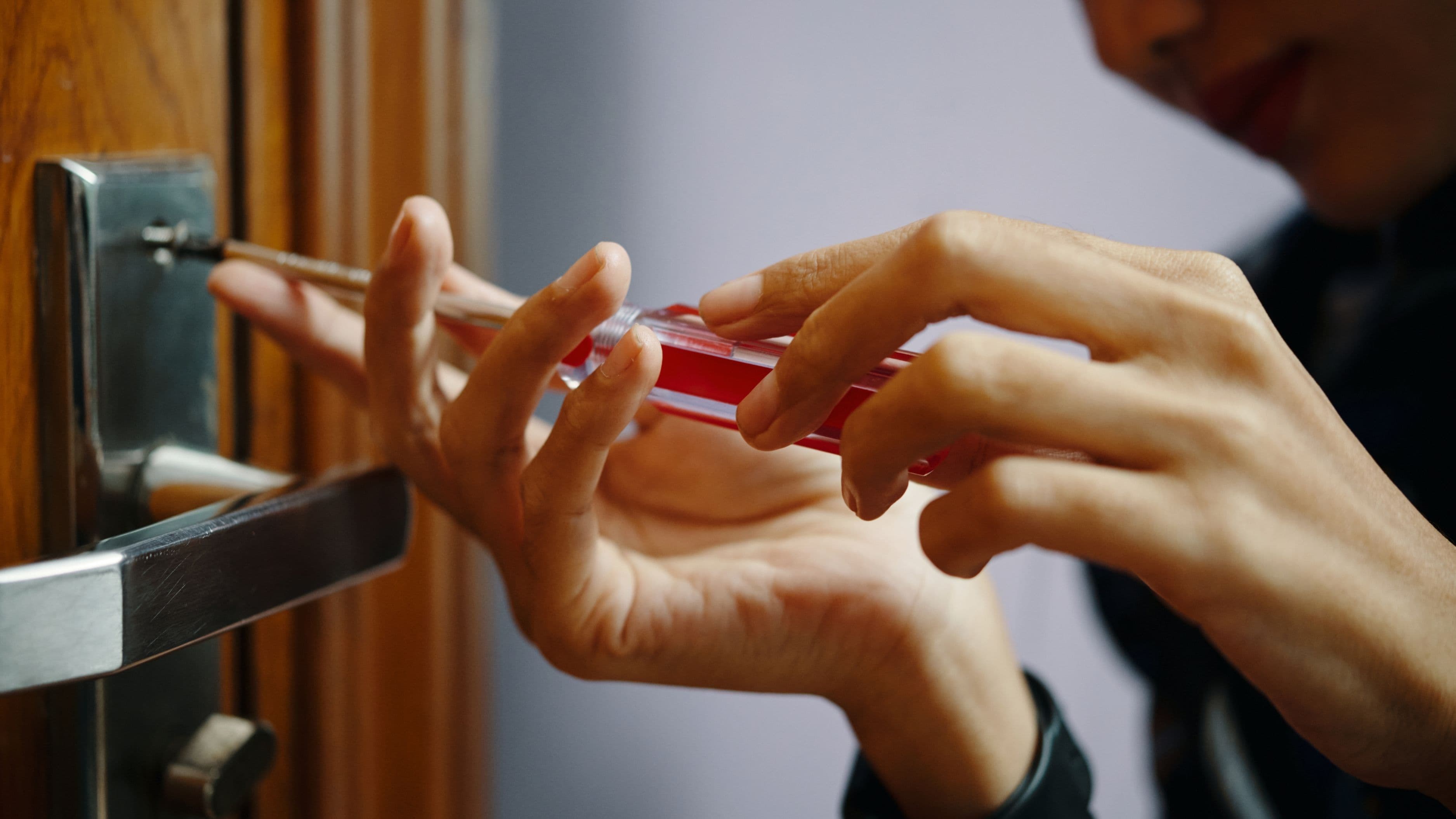That moment crystallized something I'd been feeling for months. The DIY repair skills I'd accumulated over years of fixing my own home weren't just saving me money—they were a currency I could share. In a world where professional services have become prohibitively expensive for many families, knowing how to fix a leaky pipe, patch drywall, or troubleshoot an electrical outlet transforms you into a community resource. You become the person neighbors call when they're desperate, the friend who shows up with tools instead of just sympathy.
1. Your Skills Fill the Gap Between Broken and Professional Help
Most household emergencies exist in a frustrating middle ground. They're urgent enough to disrupt daily life but not catastrophic enough to justify emergency service rates. A running toilet wastes hundreds of gallons of water while families debate whether they can afford the repair. A stuck window leaves a home vulnerable to weather and security concerns. A malfunctioning doorbell isolates elderly residents who depend on hearing visitors arrive.
When you possess basic repair knowledge, you can address these issues before they escalate into expensive disasters. You're not just fixing things—you're preventing the cascade of problems that follow when small issues go unaddressed. That dripping faucet Mrs. Chen endured wasn't just annoying; it was adding dollars to her water bill every month and keeping her awake at night. Multiply that scenario across your neighborhood, and you begin to understand the profound impact accessible repair knowledge creates.
The beauty of DIY skills is their transferability. Once you've replaced a wax ring on one toilet, you can do it for any toilet. Once you've patched one section of drywall, the technique applies universally. This makes you incredibly valuable to people who face identical problems but lack the experience to solve them.
2. Teaching Repairs Creates Lasting Independence
Handing someone a fish feeds them for a day, but teaching them to fish feeds them for life—and teaching someone to repair their home empowers them indefinitely. After fixing Mrs. Chen's faucet, I spent an extra fifteen minutes showing her the anatomy of the fixture, explaining which parts wear out and why. I demonstrated how to shut off the water supply, how to identify washer sizes, and where to buy replacements for less than five dollars.
Three months later, she called to tell me she'd fixed her bathroom faucet herself. The pride in her voice reminded me why knowledge-sharing matters more than simple service provision. When you teach repair skills, you're not creating dependency—you're building confidence and capability that ripples outward through families and friendships.
Community repair workshops have exploded in popularity precisely because they address this need. Libraries, community centers, and tool-lending organizations host sessions where experienced DIYers demonstrate common fixes. These gatherings transform repair knowledge from specialized expertise into shared community wealth. Participants learn that home maintenance isn't mystical—it's methodical, learnable, and surprisingly forgiving of mistakes.
3. Repair Skills Bridge Economic Divides
The cost of professional home repairs has become a class divider. Households with disposable income call contractors without hesitation. Those operating on tight budgets defer maintenance until problems become emergencies, then face even higher costs for urgent repairs. This disparity creates neighborhoods where some homes remain pristine while others slowly deteriorate, not from negligence but from economic constraint.
Your willingness to share repair skills directly challenges this divide. When you help a single parent fix a leaking pipe, replace a broken outlet cover, or install a new door handle, you're providing services they might otherwise go without. You're preventing the accumulated damage that occurs when people can't afford preventive maintenance. You're demonstrating that community support can function outside monetary transactions.
According to research from the Joint Center for Housing Studies at Harvard University, American households spent approximately $472 billion on home improvements and repairs in 2023, with lower-income households often deferring necessary maintenance due to cost constraints. This deferral leads to compounding problems: a small roof leak becomes water damage becomes mold remediation becomes a health crisis. Breaking this cycle doesn't always require professional intervention—it requires accessible knowledge and willing hands.
4. Shared Tools Build Social Infrastructure
DIY repair culture naturally encourages tool-sharing, which creates opportunities for community connection beyond the repairs themselves. My garage has become an informal lending library—neighbors borrow my pipe wrench, stud finder, or circular saw, returning them with stories about their projects. These exchanges build relationships based on mutual support rather than commercial transactions.
Tool libraries and repair cafés formalize this concept, creating spaces where communities pool resources and expertise. These organizations recognize that most specialized tools sit idle 99% of the time in individual garages. Why should every household own a power washer they use twice yearly when ten families could share one? Communal tool access democratizes repair capability while fostering the social bonds that make neighborhoods resilient.
The environmental impact deserves mention too. When communities repair rather than replace, they reduce waste streams and consumption patterns. Teaching someone to refurbish furniture instead of discarding it, to repair appliances instead of junking them, to maintain rather than abandon—these acts of knowledge-sharing create cultural shifts toward sustainability.
5. Emergency Preparedness Becomes Community Strength
When disasters strike—storms knock out power, pipes freeze and burst, storms damage roofs—professional repair services become overwhelmed and expensive. Communities where multiple residents possess repair skills can respond more quickly and effectively to widespread damage. You become part of an informal mutual aid network, helping neighbors restore safety and functionality while waiting for professionals to address major structural issues.
I witnessed this during a severe winter storm that left our neighborhood without heat for three days. Those of us with basic plumbing knowledge helped neighbors drain their pipes to prevent freezing. We showed people how to safely use space heaters, identify dangerous carbon monoxide situations, and perform temporary insulation repairs. No single person could help everyone, but collectively, our distributed knowledge protected dozens of homes from serious damage.
This preparedness extends beyond natural disasters. Economic downturns, job losses, and unexpected medical expenses can leave families unable to afford routine maintenance. A community rich in repair knowledge becomes more resilient to these shocks because people can maintain their living spaces without depleting emergency savings.
6. Youth Mentorship Through Hands-On Learning
Young people growing up in an era of disposable consumer goods often lack exposure to repair culture. Schools have largely eliminated shop classes and practical skills education. This creates generations entering adulthood without understanding how their homes function or how to maintain them. When you share repair knowledge with younger community members, you're providing education the formal system has abandoned.
I started inviting neighborhood teenagers to assist with repair projects after noticing how fascinated they were by the tools and techniques. These informal apprenticeships teach more than mechanical skills—they build problem-solving abilities, patience, and the confidence that comes from making broken things work again. One young woman who helped me replace a garbage disposal is now studying mechanical engineering, directly crediting those hands-on experiences for showing her that technical fields were accessible and interesting.
Youth mentorship through repair also builds intergenerational connections that strengthen community fabric. Teenagers who might otherwise have limited interaction with older neighbors develop relationships based on shared projects and mutual learning. These bonds create neighborhoods where people look out for each other across age divides.
7. Accessibility Modifications Become Possible
As populations age and people with disabilities seek to remain in their homes rather than relocate to institutional settings, accessibility modifications become crucial. Professional contractors often charge thousands of dollars for installations that experienced DIYers can complete for the cost of materials. Grab bars in bathrooms, lever-style door handles instead of knobs, improved lighting in hallways, ramps for wheelchairs—these modifications dramatically improve quality of life.
When you possess the skills to install these features, you can help elderly neighbors age in place with dignity. You can assist families with disabled members in adapting their homes without going into debt. These aren't glamorous repairs—they're compassionate interventions that recognize housing as more than shelter. They're acknowledgments that everyone deserves a home that accommodates their physical needs.
The emotional impact of these modifications extends beyond mere functionality. When you help someone install grab bars that allow them to bathe safely and independently, you're preserving their autonomy. When you widen a doorway for wheelchair access, you're declaring that mobility limitations shouldn't confine someone to a single room. These acts of service communicate profound respect for human dignity.
The Ripple Effect of Shared Knowledge
The most powerful aspect of sharing DIY repair skills isn't the immediate fixes you provide—it's the culture you cultivate. Every person you teach becomes capable of teaching others. Every repair you complete publicly demonstrates that home maintenance doesn't require professional credentials. Every tool you lend reinforces the idea that communities thrive on mutual support rather than isolated self-sufficiency.
Your repair knowledge represents accumulated learning—hours spent watching YouTube tutorials, consulting manuals, making mistakes and correcting them. That investment gains exponential value when shared rather than hoarded. The wrench in your hand and the knowledge in your head are community assets waiting to be deployed.
Start small. Fix something for a neighbor. Show a friend how to unclog a drain or replace a light fixture. Donate a few hours to a community repair event. You'll discover that the gratitude you receive pales in comparison to the satisfaction of building a community where fewer people feel helpless in the face of household breakdowns, where knowledge flows freely, and where self-reliance becomes collective resilience.
📚 Sources
Joint Center for Housing Studies of Harvard University. (2023). Improving America's Housing 2023. Harvard University.
🔍 Explore Related Topics
